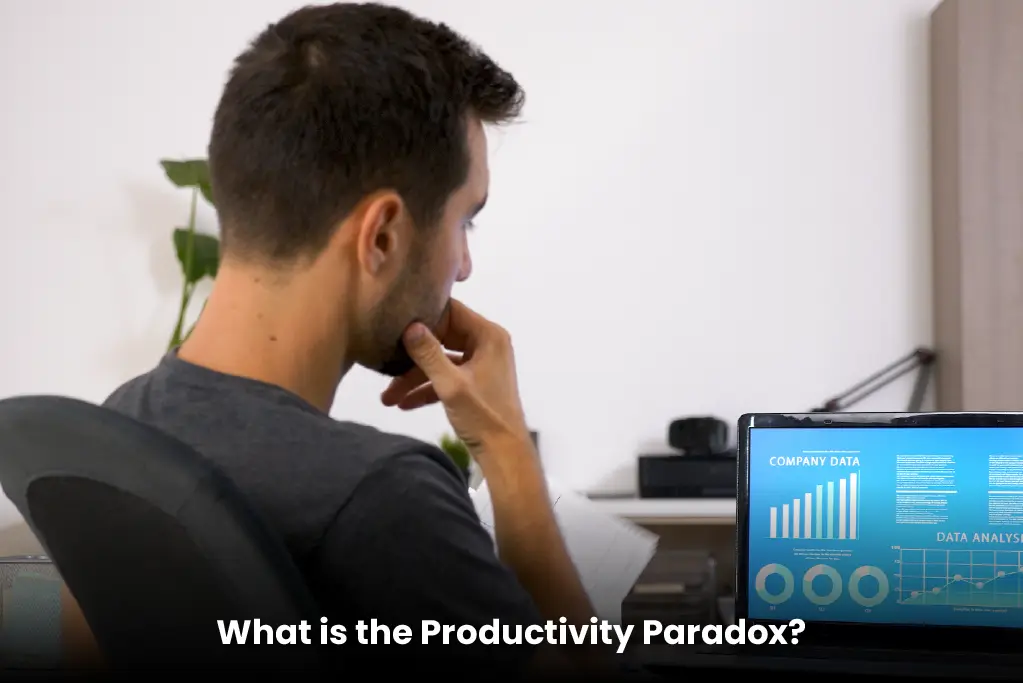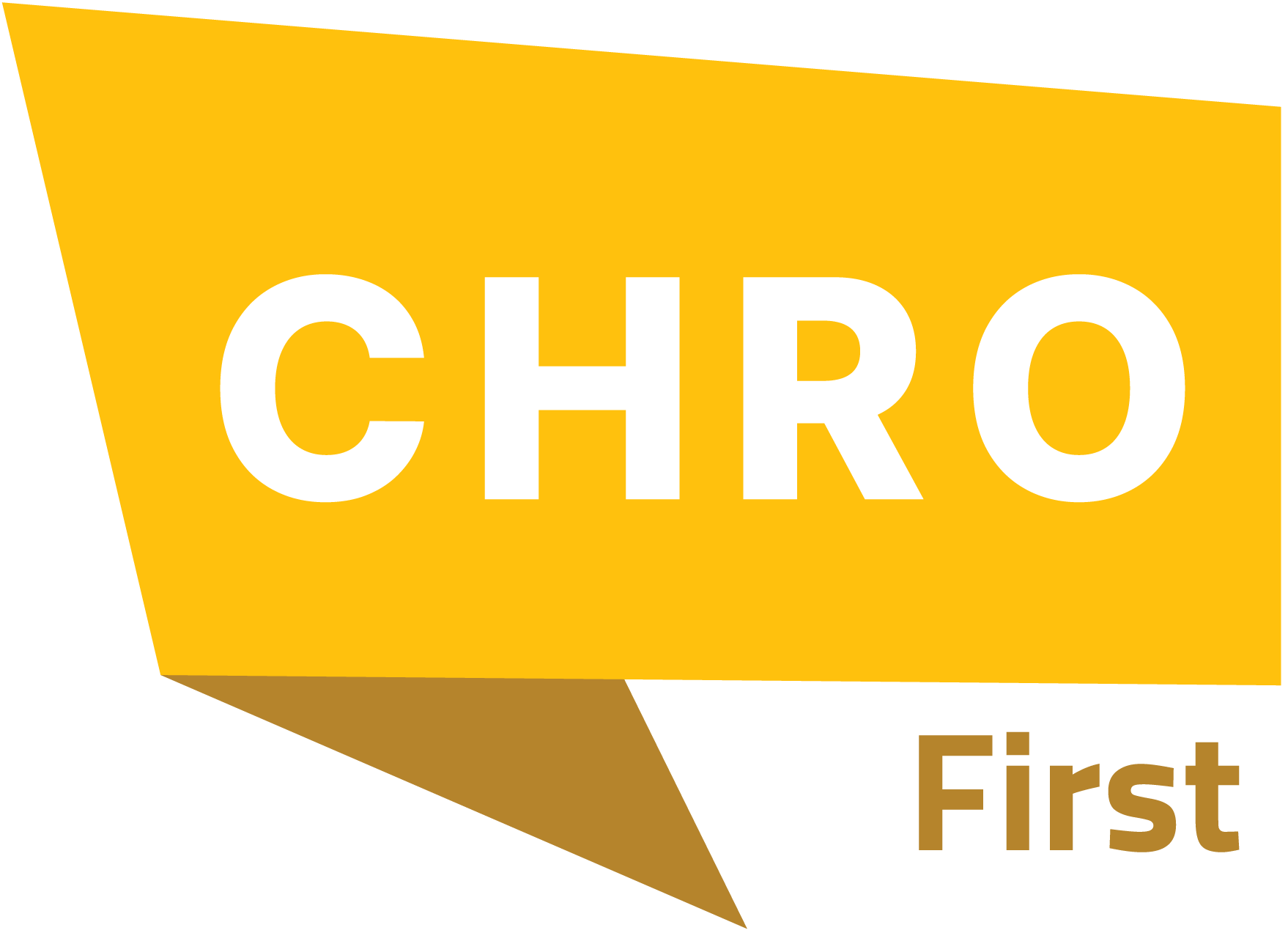Companies are investing more than ever in HR technology, from onboarding platforms to performance analytics tools, to boost employee productivity, streamline processes and increase efficiency. But the reality on the ground is different. According to a recent study, 54% of employees say they have seen no improvement in work efficiency despite having access to all the productivity tools.
This is what economists call ‘The Productivity Paradox,’ a term coined by Robert Solow, who once said, “We see computers everywhere but in the productivity statistics.” In HR tech, we’re facing a similar conundrum. If the tools are there, why isn’t performance improving?
Let’s get to the bottom of this and how companies can turn tech investments into real productivity gains.
What is the Productivity Paradox?

There’s a productivity paradox when a company makes technology investments to boost productivity, yet fails to do so.
An electronic health record (EHR) was introduced by a hospital. They were time-consuming and cumbersome for some medical professionals. According to them, it had diverted from their main objective and added to their administrative burden. Increasing efficiency and streamlining workflow were the goals. However, workers found it boring. This example of the productivity paradox is well-known. To find practical solutions, one must first comprehend this paradox.
Stuart MacDonald and associates outline the productivity paradox. In the early 1970s, they distinguished five phases.
Labor productivity was the primary indicator of IT success in Stage 1.
Companies kept investing even though it was evident by Stage 2 that IT was falling short of expectations.
With businesses leveraging IT for strategic advantage, Stage 3 brought about a change in emphasis.
IT entered the management information systems phase in Stage 4. The paradox was then explained in a number of ways, suggesting a more serious issue.
By Stage 5, telecommunications had become the new area of investment. This further reduces the anticipated increase in productivity.
Why the Productivity Paradox?
The root of the productivity paradox is still unknown. Experts point to measuring productivity, goals not being aligned and challenges in using technology to its full potential.
Technology’s impact on productivity isn’t all good. On one hand, it can increase productivity, simplify tasks and get more done with less effort. But it can also lead to procrastination and distraction. When workers aren’t trained or don’t use technology, productivity problems arise.
The secret is balance. Companies need to train their employees thoroughly and provide the right resources. This will minimize the negative effects of technology and maximize its impact on workplace efficiency.
How to Measure New Technology’s Impact on Workplace Productivity
You can measure technology’s impact on productivity by observing and measuring ongoing. Your goals and objectives will determine what metric is best for you.
● Time Tracking
Keep track of how long it takes to finish particular jobs both before and after implementing new technology. The two data sets are compared. By doing this, you may evaluate whether the technology has shortened the project’s duration.
● Measuring Output
Examine the results both before and after implementing a new technology. Analyze the outcomes to see how successful information technology productivity is.
● Customer Satisfaction or Employee Surveys
Feedback from customers and employees is not directly related. It may shed light on the ways in which technology influences their lives. Gaining knowledge of their feedback can help you gauge how productive they are.
● Key Performance Indicators
KPIs, or key performance indicators, tell us if the company is meeting its objectives. After implementing technology, monitoring KPIs provide information on its efficiency and efficacy.
● Cost-Benefit Evaluation
The costs related to the new technology are detailed in this analysis. You can use the data to assess the return on your IT investment.
Also Read: The Employee Attrition Blindspot: Why Traditional Metrics Miss What’s Really Driving Talent Loss
The HR Tech Boom: Promise vs. Reality
There’s no denying that HR tech adoption has skyrocketed. Zippia reports that 97% of employers plan to increase their investments in recruiting technology, highlighting almost universal commitment to digital HR innovation. These platforms promise to automate manual tasks, personalize the employee experience, and enable data-driven decision-making.
Yet, many companies are finding that the ROI isn’t matching the hype. Productivity metrics often plateau or even decline. Why?
1. Tech Overload is Real
The average employee is now switching between 11+ different HR and productivity tools daily. Instead of reducing friction, this tech sprawl is causing digital fatigue, context switching and cognitive overload.
When tools are poorly integrated or redundant employees spend more time navigating systems than doing meaningful work. According to WalkMe, workers may have to compensate for up to 353 hours (about 44 days) a year for technological problems such as slow software, no direction or waiting for help due to ineffective digital tools.
2. Implementation Without Strategy
Another common mistake is implementing technology without a clear strategy. Many organizations buy tools based on trends or peer pressure, not based on actual employee needs or business goals.
Without user centric design or change management support, even the most advanced HR platforms fail. Employees struggle to adopt the technology, and it gets underutilized or abandoned.
3. Missing the Human Element
HR tech is designed to enhance the human experience at work, but too often it ends up replacing it. Over automation can depersonalise processes like feedback, recognition or performance reviews, making them feel mechanical and insincere.
True productivity comes from engaged, empowered employees, not just efficient systems. When technology is used as a substitute rather than a supplement to human interaction, it can negatively impact morale, trust and collaboration.
4. Data Without Context
Modern HR platforms generate a lot of data, from engagement scores to productivity metrics. But data alone doesn’t drive performance. It needs to be interpreted, contextualized and acted upon.
Many organizations fail to develop the analytical maturity to turn insights into impact. As a result, the data becomes noise not guidance, yet another layer of complexity without clear outcomes.
How Do We Tackle the Productivity Paradox?

There’s a productivity paradox, and you need to know how to get over it. Here are some ways to do that.
● Training and Development
Productivity is increased through employee development and training. Employees who are trained are more confident using technology. Employees who use an LMS that supports individual learning and development are more confident and perform better in their role. That increased confidence breeds initiative and a can do attitude to problem solving. It also promotes innovation and reduces errors.
● Simplifying Processes
Before you implement new technology you need to assess your current processes. You can install the right technology by identifying the inefficiencies in the current system. Businesses can be more productive, save money and innovate by using technology to its full potential.
● Encourage a Culture of Innovation
Create an environment that encourages innovation. Employees will contribute more when their leaders support change and open communication. Employees are more productive when they feel valued and secure.
● User-Centric Design
Incorporating new technologies into the workplace requires a user-centric approach. End users must be considered in the design and functionality of technology. Training takes less time and money when a program is easy to use. As a result, the new technology gets adopted and accepted more quickly. Employee productivity increases when they find the application easy to use.
Modern Productivity Paradox
The productivity paradox today recognizes that improvements in technology by themselves do not ensure increases in productivity. The emphasis now is on comprehending the ways in which technology interacts with aspects of society.
It is crucial to make investments in institutional frameworks, infrastructure, and human resources. Furthermore, the conventional approaches to productivity measurement are coming under scrutiny. Some contend that these approaches frequently fall short of capturing the complete impact of technology. This occurs in industries with a high level of tech integration, such as services. However, this industry overlooks productivity evaluations.
A more thorough strategy is required in light of the productivity paradox as it is currently understood. Using new technologies is no longer the focus. Making sure complimentary components are present is the main goal of this paradox. To comprehend the impact, it makes use of measurement tools.
Bottom Line
Using technology to its full potential while acknowledging its limitations is the way of the future. Training and a human-centered approach aid in resolving the productivity paradox. Recall that giving up technology is not the solution to productivity issues. It all comes down to using it to empower your employees. In the constantly changing digital landscape, technology will drive sustainable growth by streamlining procedures.

